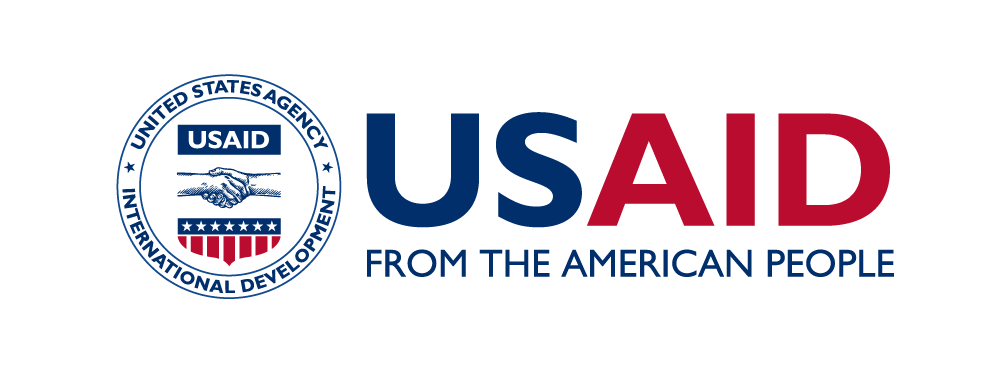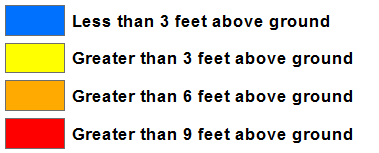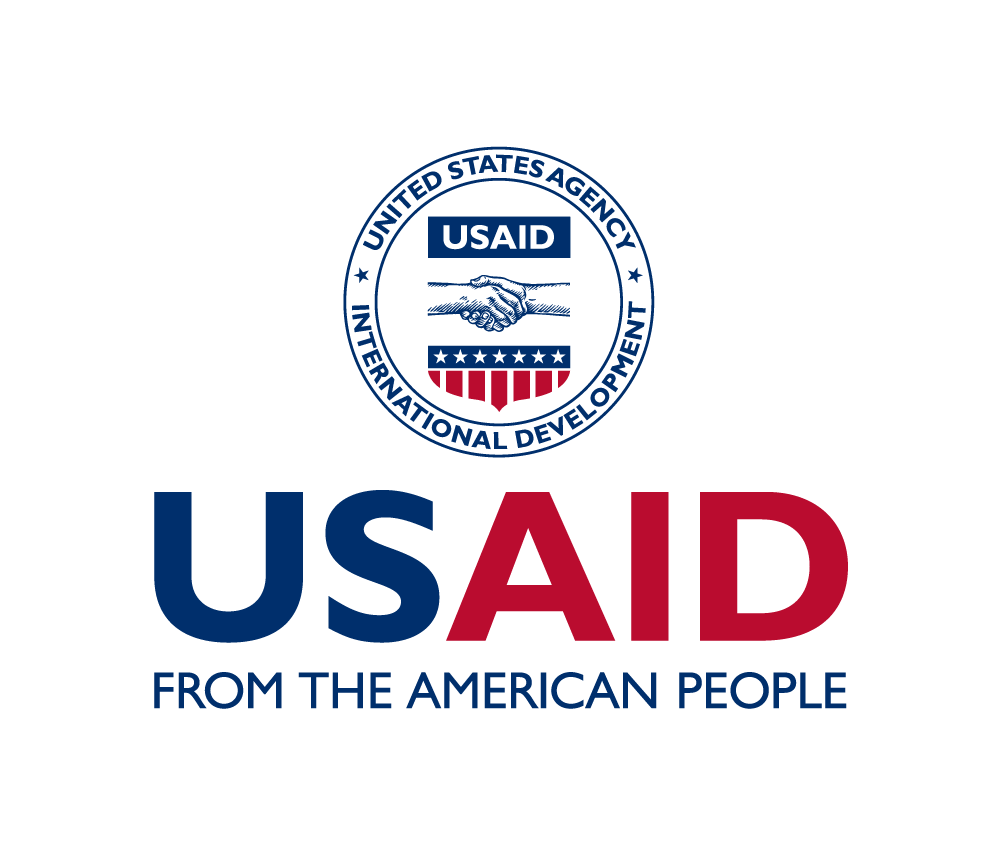International Storm Surge Scenario Viewer
Contents
- Introduction
- Background
- International Storm Surge Scenario Viewer
- Technical Description
- Acknowledgements
- Data Citation and Disclaimer
Introduction
The National Hurricane Center (NHC) in Miami, Florida is the World Meteorological Organization (WMO) Regional Specialized Meteorological Center (RSMC) for Region IV for the Caribbean Sea, North Atlantic, and Eastern North Pacific. To support hurricane planning and response efforts in the Caribbean, the NHC has made available high-resolution storm surge hazard maps that highlight coastal area risk to storm surge. These maps, developed from tens of thousands of [climatology-based] hypothetical tropical cyclone simulations, provide users with planning scenarios that vary by a storm's direction of motion, wind intensity, and forward speed.
Background
To visualize these storm surge planning scenarios, users must first select a Map Region. Currently, there are four regions available for viewing: Northern Bahamas, Southeastern Bahamas/Turks and Caicos, Hispaniola, and the Yucatan Peninsula/Belize. Additional Central Bahamas data will get added in the near future. Once the user has selected a Map Region, they must then select one of each of the available storm parameters. These parameters include the storm's direction of motion, category based on wind intensity, forward speed, and the astronomical tide. Next, by selecting Draw Map the user will then be able to view a high-resolution inundation map based on the combination of the selected parameters.
It is necessary to note that the maps shown represent a COMPOSITE of modeled storm surge solutions. They DO NOT represent a SOLUTION from a SINGLE TROPICAL STORM OR HURRICANE. To produce the map shown, the combination of the selected storm parameters requires the simulation of more than a hundred hypothetical tropical cyclones through the modeling domain. The maximum storm surge resulting from each of those simulations is retained at every grid point and then composited to produce the high-resolution inundation map.
International Storm Surge Scenario Viewer
Click continue to proceed to the map. On the top left of the Scenario Menu, pick a region from the Map Region dropdown menu and then select a storm direction, storm intensity, forward speed, and tide level to view storm surge planning scenarios.

NOAA/NWS/NHC
SLOSH storm surge scenarios processed by NHC Storm Surge Unit

USAID
Project support and funding provided by USAID
1) Select Map Region
Selected Map Region: None
Selected Scenario: None
2) Select storm direction, storm wind intensity category, storm movement speed, and initial tide scenario

Technical Description
To model storm surge in these locations, the SLOSH model has been coupled with an efficient parametric wind wave model courtesy of NOAA/NCEP/EMC. The coupled SLOSH+Wave simulations were conducted to create mapping products that account for the increase in the mean water level due to wave setup. These results do not include wave runup. Moreover, this analysis uses TanDEM-X (TDX) DEM data provided by the German Aerospace Center (DLR). Resolution of the TDX DEM is 0.4 arc seconds in the latitudinal direction and varies in the longitudinal direction between 0.4 arc seconds at the equator and 4 arc seconds at ~85 degrees N/S (Wessel, 2016). The raw data was filtered to remove non-ground features.
Acknowledgements

|
This project is supported by USAID. The SLOSH model maintained by NOAA/NWS/MDL has been coupled with an efficient parametric wind wave model courtesy of NOAA/NCEP/EMC. The storm surge scenarios have been processed by the NHC Storm Surge Unit. The Department of Earth and Environment/International Hurricane Research Center at the Florida International University is responsible for processing the TDX DEM data. The NHC Storm Surge Risk Maps for near worse-case scenario planning can be found https://www.nhc.noaa.gov/nationalsurge/ |
Disclaimer
The data and maps in this tool illustrate the height of possible storm surge flooding under certain scenarios, and do not account for erosion, subsidence, sea-level change, or future construction. While the maps provided do account for wave setup or the increase in mean water level due to the presence of breaking waves, these maps do not account for wave runup. The water levels shown are based on storm surge scenarios at a referenced tide scenario. The data, maps, and information provided should only be used as a tool for general education/awareness of the storm surge hazard at a city/community level (not for a parcel level/grid cell assessment). The data used to create these maps are constrained by the extent of the SLOSH modeling domain and users should be aware that risk due to storm surge flooding could extend beyond the areas depicted in these maps. This map should not be used to replace the maps used for hurricane evacuation zones. The data and maps in this tool are provided "as is", without warranty to their performance, merchantable state, or fitness for any particular purpose. The entire risk associated with the results and performance of these data is assumed by the user. This tool should be used strictly as a planning reference and storm surge risk awareness tool and not for navigation, permitting, legal, or regulatory purposes. Any conclusions drawn from the analysis of this information are not the responsibility of the National Weather Service, National Hurricane Center, or its partners.


